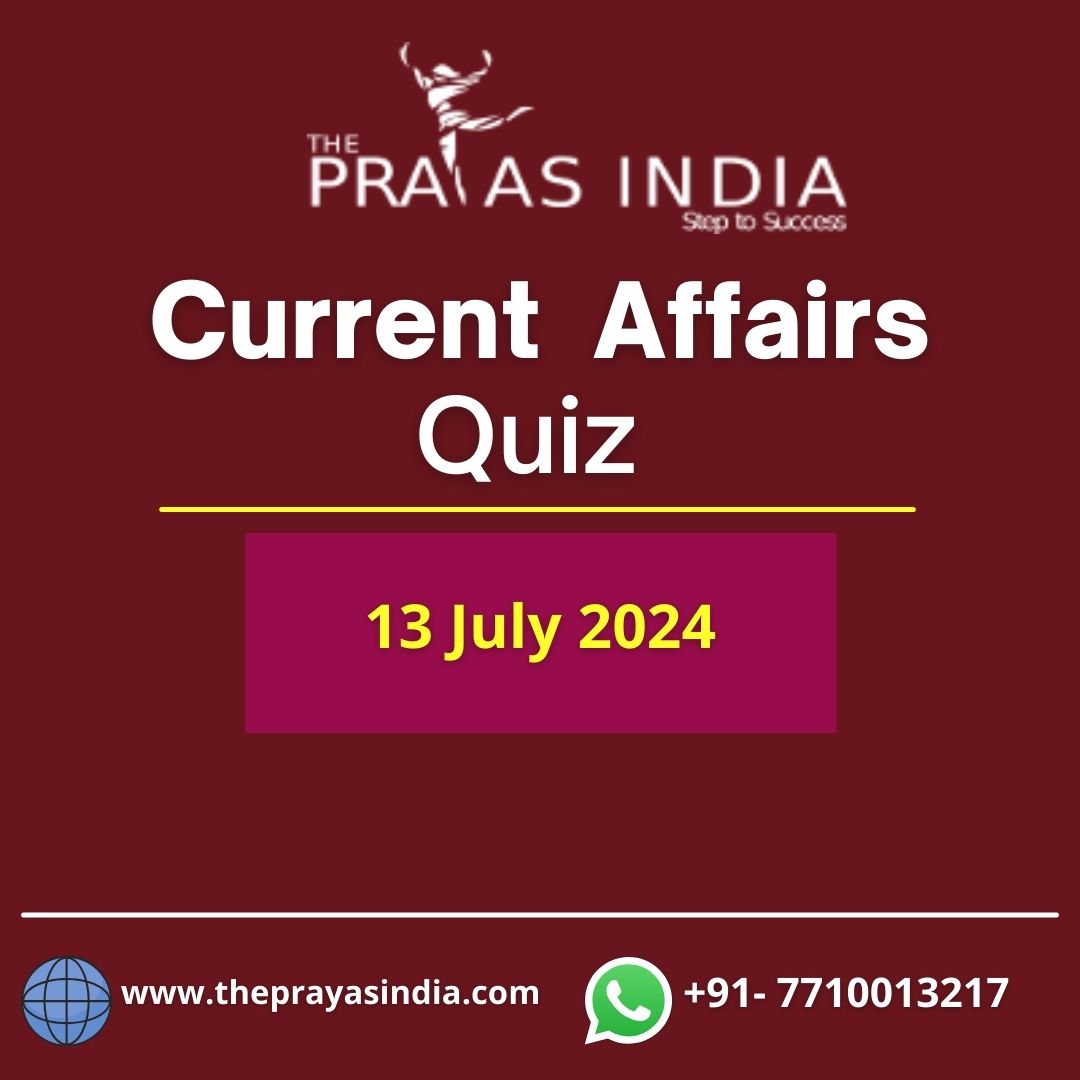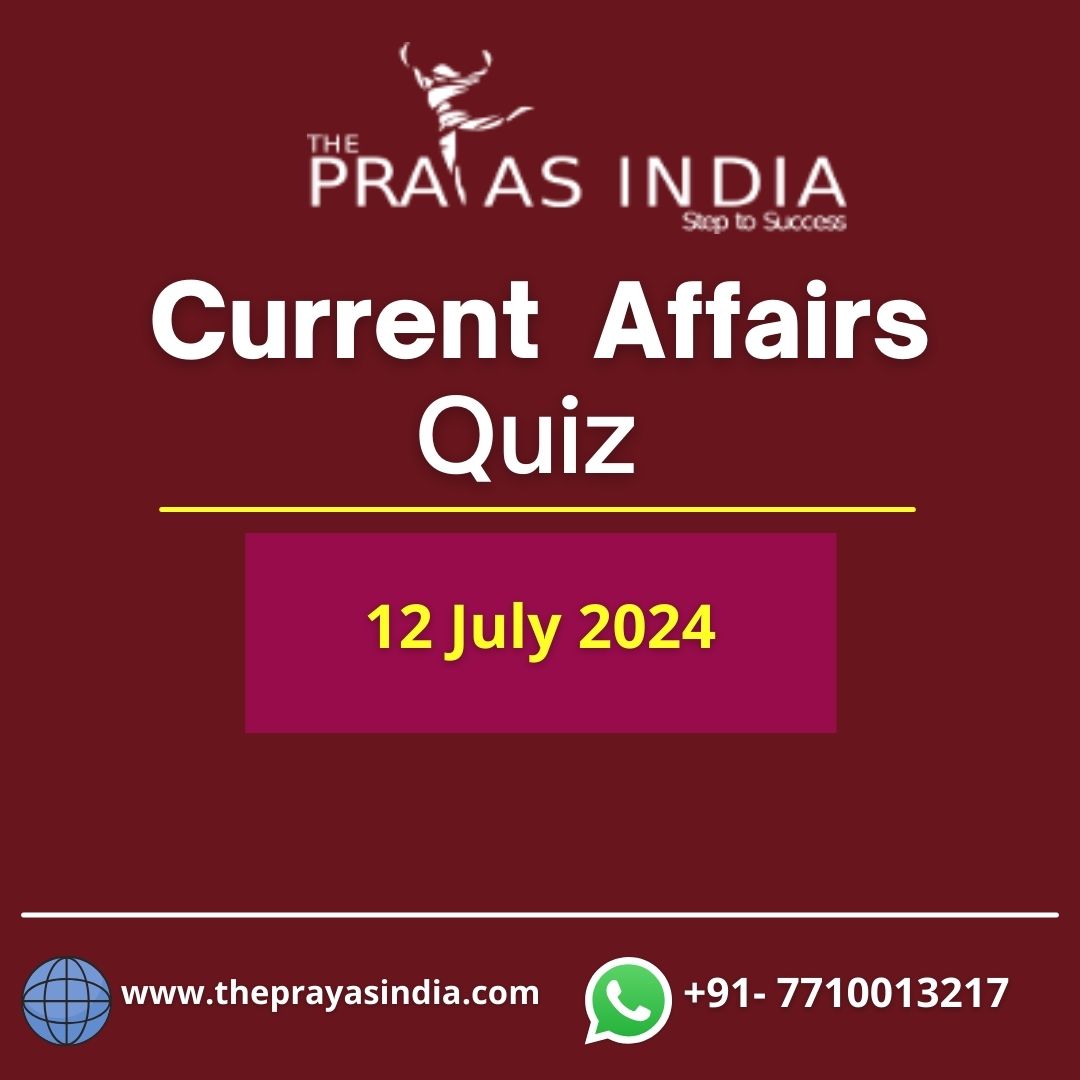Q1. Consider the following statements about Voter Verifiable Paper Audit Trail (VVPAT):
- It is an independent verification printer machine and is attached to electronic voting machines.
- The slip contains the name of the candidate and the political party.
- VVPAT machines can be accessed by polling officers only.
How many of the statements given above is/are correct?
(a) Only one
(b) Only two
(c) All three
(d) None
Ans: (b)
Explanation:
The Voter Verified Paper Audit Trail is a method that provides feedback to voters.
- It is an independent verification printer machine and is attached to electronic voting machines.
- It allows voters to verify if their vote has gone to the intended candidate.
- When a voter presses a button in the EVM, a paper slip is printed through the VVPAT.
- The slip contains the poll symbol and name of the candidate.
- It allows the voter to verify his/her choice. After being visible to the voter from a glass case in the VVPAT for seven seconds, the ballot slip will be cut and dropped into the drop box in the VVPAT machine and a beep will be heard.
- The slip dropped in a box but the voter cannot take it home.
- VVPAT machines can be accessed by polling officers only.
Q2. With reference to Voter-verifiable paper audit trail (VVPAT), consider the following statements:
- VVPAT is a method of providing feedback to voters by giving them a printout of candidate details for whom they have voted.
- VVPAT helps in detecting possible election fraud or malfunction.
- In India, VVPAT is yet to be tried in elections conducted by the Election Commission of India.
How many of the statements given above is/are correct?
(a) Only one
(b) Only two
(c) All three
(d) None
Ans: (b)
Explanation:
- Voter-verifiable paper audit trail (VVPAT) or verifiable paper record (VPR) is a method of providing feedback to voters using a ballotless voting system. A VVPAT is intended as an independent verification system for voting machines designed to allow voters to verify that their vote was cast correctly, to detect possible election fraud or malfunction, and to provide a means to audit the stored electronic results.It contains name of the candidate (for whom vote has been casted) and symbol of the party/ individual candidate.
- Voter-verifiable paper audit trail was first used in an election in India in September 2013 in Noksen (Assembly Constituency) in Nagaland. VVPAT along with EVMs was used on a large-scale for the first time in India, in 10 assembly seats out of 40 in 2013 Mizoram Legislative Assembly election.
Q3. Consider the following statements regarding the Pradhan Mantri Ujjwala Yojana:
- It is a scheme of the Ministry of Rural Development for providing LPG connections to Rural Masses.
- A deposit-free LPG connection is given to eligible with financial assistance of Rs 1,600 per connection by the Centre.
Which of the statements given above is/are correct?
(a) 1 only
(b) 2 only
(c) Both 1 and 2
(d) Neither 1 nor 2
Ans: (b)
Explanation:
- Pradhan Mantri Ujjwala Yojana is a scheme of the Ministry of Petroleum & Natural Gasfor providing LPG connections to women from Below Poverty Line (BPL) households.
- Launched in May 2016.
- Aim: To provide LPG (liquefied petroleum gas) connections to poor households and reduce health risk associated with burning biomass.
- Key features: A deposit-free LPG connection is given to eligible with financial assistance of Rs 1,600 per connection by the Centre.
- Achievement: Government data shows that by January 2022, 9 crore new LPG connections had been rolled out under this scheme, and that 99.8 per cent of the over 28 crore households in India now have access to LPG, up from 61.9 per cent in 2015.
Q4. Consider the following statements About Nipah:
- It is a zoonotic disease.
- It is primarily transmitted through consumption of contaminated food.
- It is highly lethal, with mortality rates of 100%.
How many of the statements given above is/are correct?
(a) Only one
(b) Only two
(c) All three
(d) None
Ans: (b)
Explanation:
- Nipah is a zoonotic disease, primarily transmitted to humans through infected animals particularly bats or contaminated food, and it can also spread from person to person through close contact.
- Symptoms include fever, headache, cough, sore throat, difficulty in breathing, and vomiting, with severe cases potentially leading to encephalitis, coma, and death.
- The virus is primarily transmitted through consumption of contaminated food or direct contact with infected animals, particularly fruit bats.
- It is highly lethal, with mortality rates ranging from 40% to 75%.
Q5. How is the National Green Tribunal (NGT) different from the Central Pollution Control Board (CPCB)?
- The NGT has been established by an Act whereas the CPCB has been created by an executive order of the Government.
- The NGT provides environmental justice and helps reduce the burden of litigation in the higher courts whereas the CPCB promotes cleanliness of streams and wells, and aims to improve the quality of air in the country.
Which of the statements given above is/are correct?
(a) 1 only
(b) 2 only
(c) Both 1 and 2
(d) Neither 1 nor 2
Ans: (b)
Explanation:
- The National Green Tribunal has been established on 18.10.2010 under the National Green Tribunal Act 2010 for effective and expeditious disposal of cases relating to environmental protection and conservation of forests and other natural resources including enforcement of any legal right relating to environment and giving relief and compensation for damages to persons and property and for matters connected therewith or incidental thereto.
- The Tribunal’s dedicated jurisdiction in environmental matters shall provide speedy environmental justice and help reduce the burden of litigation in the higher courts. The Tribunal is mandated to make and endeavour for disposal of applications or appeals finally within 6 months of filing of the same.
- The Central Pollution Control Board (CPCB), statutory organisation, was constituted in September, 1974 under the Water (Prevention and Control of Pollution) Act, 1974. Further, CPCB was entrusted with the powers and functions under the Air (Prevention and Control of Pollution) Act, 1981.
- Functions of the CPCB, as spelt out in the Water (Prevention and Control of Pollution) Act, 1974, and the Air (Prevention and Control of Pollution) Act, 1981, (i) to promote cleanliness of streams and wells in different areas of the States by prevention, control and abatement of water pollution, and (ii) to improve the quality of air and to prevent, control or abate air pollution in the country.
- Hence, statement 1 is incorrect and statement 2 is correct.




